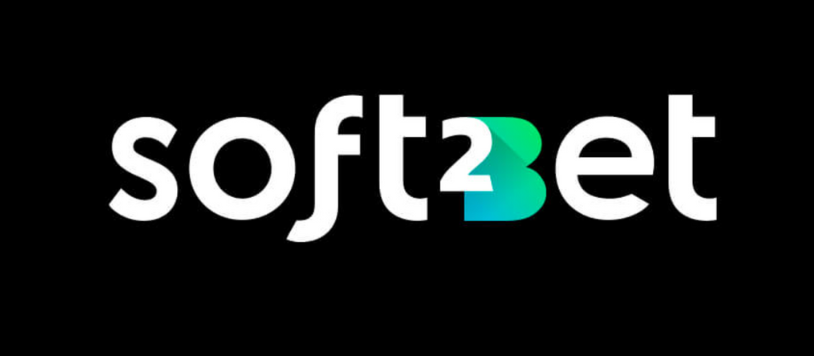The Power of Gamification Engine in Modern Applications 0
The Power of Gamification Engine in Modern Applications As technology continues to evolve, businesses are increasingly looking for innovative ways to engage their users. One of the most effective strategies is the implementation of a gamification engine. This approach integrates game mechanics into non-game environments, enhancing user interaction and motivation. Gamification plays a pivotal role […]

The Power of Gamification Engine in Modern Applications
As technology continues to evolve, businesses are increasingly looking for innovative ways to engage their users. One of the most effective strategies is the implementation of a gamification engine. This approach integrates game mechanics into non-game environments, enhancing user interaction and motivation. Gamification plays a pivotal role in various sectors, including education, marketing, and software development, providing a seamless way to boost engagement metrics. A prime example of a company utilizing such strategies can be found at gamification engine https://soft2bet-us.com/.
What is a Gamification Engine?
A gamification engine is a software component designed to embed game-like elements into applications. This can include features such as points, badges, leaderboards, challenges, and rewards. By leveraging these elements, businesses can create a more engaging and motivating environment for users. The primary goal of a gamification engine is to influence behavior through game mechanics, encouraging users to achieve specific outcomes or goals.
These engines are typically customizable to fit the specific needs of a business or application. They often include APIs and tools that allow developers to integrate gamification elements seamlessly. Moreover, an effective gamification engine will provide analytics to help businesses track user interactions and improve their strategies over time.
Benefits of Using a Gamification Engine
The integration of a gamification engine within applications can lead to several significant benefits, including:

- Increased Engagement: By introducing game elements, users are more likely to interact with the application regularly. People enjoy challenges and competition, which gamification harnesses effectively.
- Improved Learning and Retention: In educational settings, gamification can aid in the learning process. Game mechanics can enhance memory retention and encourage participation, making learning more enjoyable.
- Enhanced Customer Loyalty: In marketing, gamification can foster loyalty among customers. Rewarding engagement through points or discounts encourages repeat visits and interactions.
- Behavioral Change: Gamification can guide users towards desired behaviors, whether that’s completing tasks, making purchases, or achieving fitness goals. By making these activities fun and rewarding, businesses can motivate users effectively.
Case Studies: Successful Implementations
Numerous companies have successfully integrated gamification engines into their operations. For example:
Fitness Apps
Many fitness applications employ gamification to keep users motivated. Apps like MyFitnessPal and Strava use challenges, achievements, and social sharing features to promote healthier lifestyles. Users can earn badges for completing workouts, which encourages continued use and engagement.
Education Platforms
Platforms such as Duolingo have revolutionized language learning through gamification. Users progress through levels, earn points, and compete on leaderboards, making the learning process enjoyable and motivating.
Corporate Training
Businesses have also benefited from gamification in employee training. By incorporating game mechanics into training modules, companies can enhance retention and participation rates among their staff. This approach not only makes learning more engaging but can also lead to improved performance on the job.
Best Practices for Implementing a Gamification Engine
To successfully implement a gamification engine, it’s crucial to consider the following best practices:
- Define Clear Objectives: Before integrating gamification, identify what behaviors you want to influence. Clear goals will guide the design and functionality of your gamification strategy.
- Know Your Audience: Understanding your users is critical. Different demographics may respond to gamification elements differently, so tailor your approach accordingly.
- Keep It Simple: Overcomplicating the gamification process can deter users. Ensure that the game mechanics are straightforward and easy to understand.
- Test and Iterate: After implementation, continuously monitor user engagement and gather feedback. Use analytics to refine and improve your gamification strategy over time.
The Future of Gamification Engines
As user expectations evolve, so too will gamification engines. Future developments may involve increased personalization through AI and machine learning, allowing for tailored gamification experiences for individual users. Additionally, the rise of virtual and augmented reality could broaden the horizons of gamification, taking user engagement to entirely new levels.
In conclusion, a gamification engine can transform how businesses interact with their users. By leveraging game mechanics, companies can boost engagement, enhance learning, and foster loyalty. As technology continues to advance, the potential for gamification will only grow, making it an invaluable tool in the modern business landscape.

